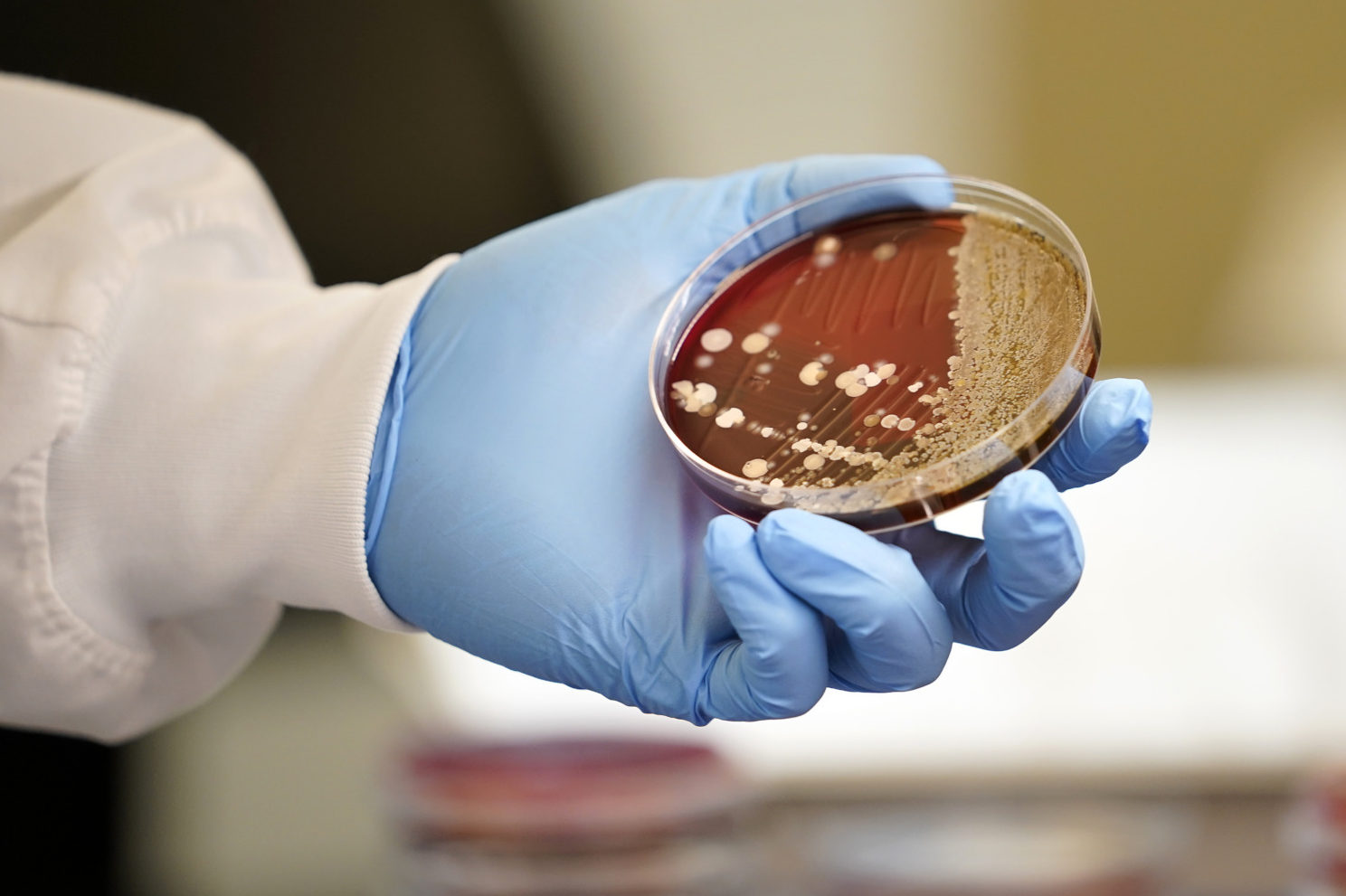Improving the economic sustainability of global veterinary labs
Institute for Infectious Animal Diseases develops economic indicators for the international animal health system
Veterinary labs around the world work every day to keep animal populations safe from infectious livestock diseases. One Texas A&M AgriLife group, in partnership with the World Organisation for Animal Health, OIE, has been working to improve the economic sustainability of those labs.

The Institute for Infectious Animal Diseases, a unit of Texas A&M AgriLife, has been part of the larger OIE Sustainable Laboratories Initiative. The overall initiative seeks to help OIE member countries improve the sustainability of their laboratory biosafety and biosecurity management programs and reduce the risk of release of dangerous pathogens.
The Institute for Infectious Animal Diseases’ portion of the project has been working on developing a set of indicators for economic sustainability of veterinary labs around the world, especially in lower-resource settings.
“It’s basically an effort to expand what the World Organisation for Animal Health is doing for laboratory sustainability to further develop the economic component,” said Jessica Cargill, Institute for Infectious Animal Diseases assistant director for evaluation and program development.
Cargill explained that having economic indicators of sustainability helps labs measure their progress and can help them secure investments to continue their work.
“Part of sustainability is being economically sustainable,” she said.
Economic indicators for a sustainable lab
Cargill explained that the OIE’s Sustainable Laboratories Initiative currently conducts performance of veterinary services, PVS, Sustainable Laboratories Missions. During the PVS missions, global laboratory management experts visit veterinary laboratories in OIE member countries to evaluate their lab network on various markers of sustainability according to the OIE International Standards.
But the PVS missions’ evaluations did not have a fully developed economic component. The Institute for Infectious Animal Diseases project, which ends Sept. 30, has worked with economists at the University of Liverpool to develop key performance indicators that can be used by OIE experts and the labs themselves to measure aspects of a veterinary lab network’s economic sustainability as that relates to their finances, services and resources.
“The ultimate goal is to allow for laboratories to advocate for themselves for investment from a more diverse client pool,” said Cargill. “To be able to say, ‘These are the contributions that our laboratory network can make to the larger animal health system, these are the resources we need, and this is how we can measure progress and sustainability.’ The goal is to equip them with the advocacy arguments they need to justify investment in the laboratory network.”
Cargill explained that many of the labs evaluated by the OIE are in countries that often rely on external investments from donors or research partners on top of those made by the national government. The economic indicators for laboratory sustainability to measure strengths and weaknesses in resource sustainability is a valuable tool in the effort to seek those investments.
“The economic indicators are going to help laboratories measure their progress toward the implementation of the OIE International Standards from an economic perspective,” Cargill said. “And I think they are going to empower them to measure and track their own progress.”
The next steps are to test the economic key performance indicators with a subset of OIE member countries, collect data for the full set of indicators, and develop benchmarks and recommendations the Institute for Infectious Animal Diseases developed for the OIE.


